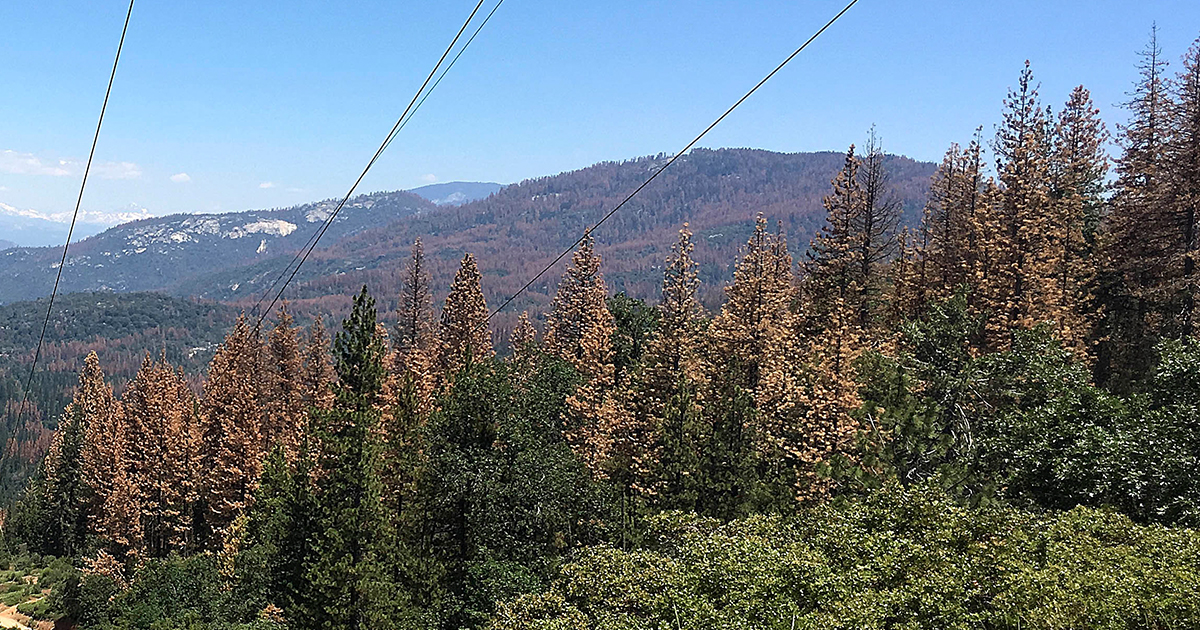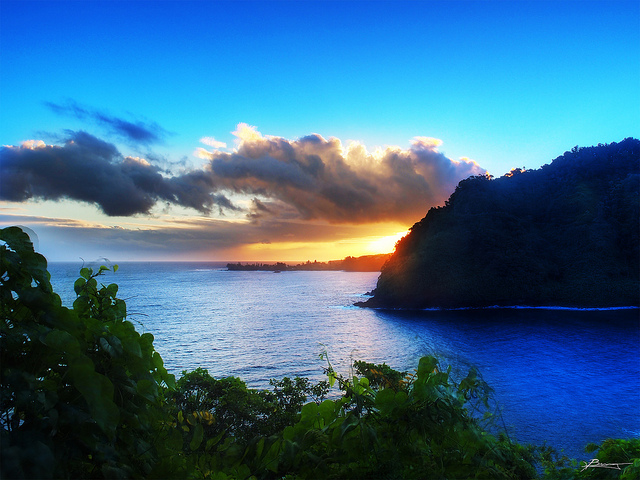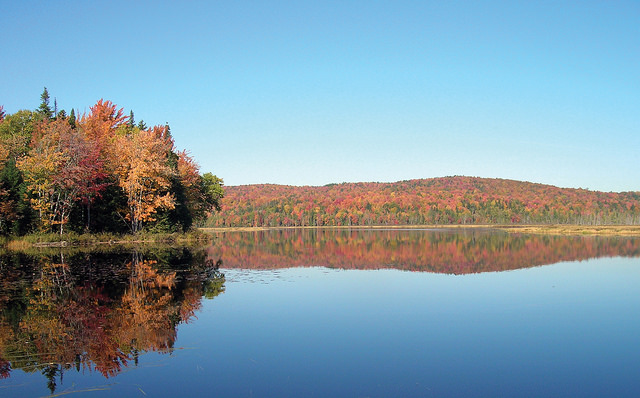Here's the Truth About the Trees and Your Water

By:
Trees all over the U.S. are dying, and in some places this could mean that your water could change as well.
 AP/Scott Smith - apimages.com
AP/Scott Smith - apimages.com
An investigation by The Guardian found that millions of trees are dying across the country for different reasons, including diseases, parasites and drought. However, in some places those tree deaths could also affect the water supply.
ATTN: talked to experts in different parts of the country about dying trees and dirty water.
In places across the country, forests act as natural filters for public water supplies and also trees keep water from causing erosion and spreading pollution.
Here are two states where tree deaths could have an impact on water:
Hawaii.
 Flickk/paul bica - flic.kr
Flickk/paul bica - flic.kr
Rapid ohi’a death disease is killing trees in Hawaii at a fast rate, so fast that J.B. Friday, an associate specialist of tropical forestry and agroforestry at the University of Hawaii, called it a "crisis." At least 50,000 acres are infected with the disease.
If the disease continues to spread, Friday outlined the worst case scenario for ATTN:.
"The worst case is that in places where this is hitting 98 percent, it wipes out native trees and canopy, and we would get onslaughts of invasive plants, and you would lose native plants and animals in a non-native forests."
The loss of native trees could change the amount of water that sinks into the ground, and that's not good, according to Friday.
"We generally like to have water sink into the ground and replenish the aquifers," said Friday. "We generally don't like to have water run over the ground and into the streams directly because that causes erosion and floods and coastal pollution."
Massachusetts.
 Flickr/U.S. Fish and Wildlife Service Northeast - flic.kr
Flickr/U.S. Fish and Wildlife Service Northeast - flic.kr
Massachusetts is experiencing a drought and that's not good for the trees, according to David Kittredge a professor of natural resources and the environment at the University of Massachusetts, Amherst.
"A drought here in New England is an unusual thing, we don't usually have droughts and this is an extreme one," he said. "We usually get 40 to 45 inches of rain a year and right now we're at maybe 30."
Most of the media coverage about trees and the drought has focused on a Christmas tree shortage, but Kittredge said the important thing to focus on is tree deaths in the forest, not on Christmas tree farms.
"Christmas trees are from Christmas tree farms and people grow them with the intent of cutting them down and then replanting them again," he said. "Christmas tree deaths to me are not nearly as big a deal as some of this greater tree deaths in forests."
Like in Hawaii, the tree deaths in the forest could affect the water in Massachusetts as well.
"Boston water comes from a big reservoir out here in Amherst," said Kittredge. "It goes through a screen to catch the fish and water the filtration for that water is provided by the forest."
The drought is killing trees, but the conditions are allowing more gypsy moths to infest and kill the trees. The drought is killing a fungus that previously kept the gypsy moths at manageable levels. Now there are too many and they're killing more trees, according to Kittredge. He said that climate change is likely to blame.
"One of the things that we believe is a big part of climate change is things being more different." he sid. "A lot of times people think of climate change being 'it's going to get warmer,' but a better way to think about it is that things will be very different."
